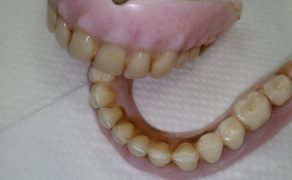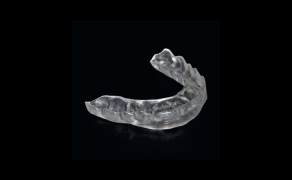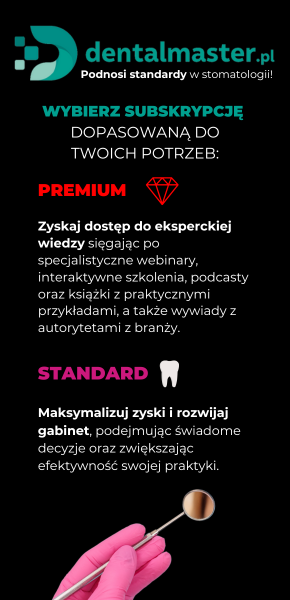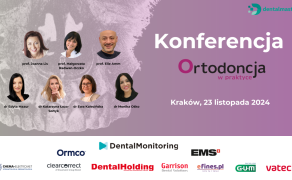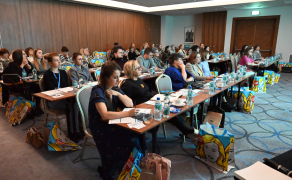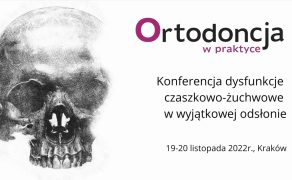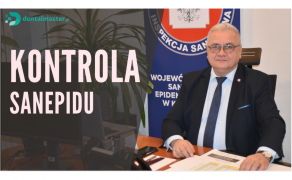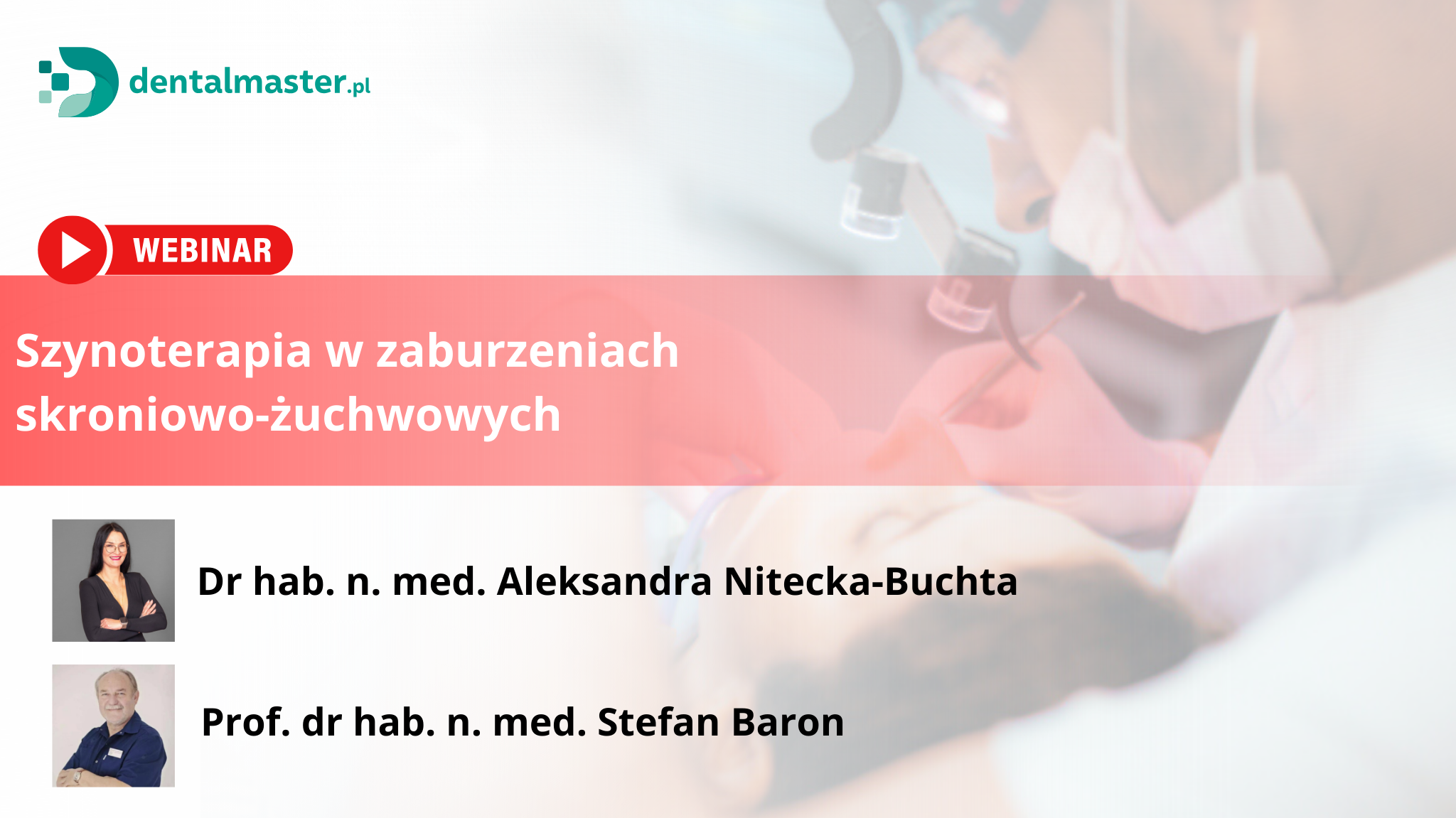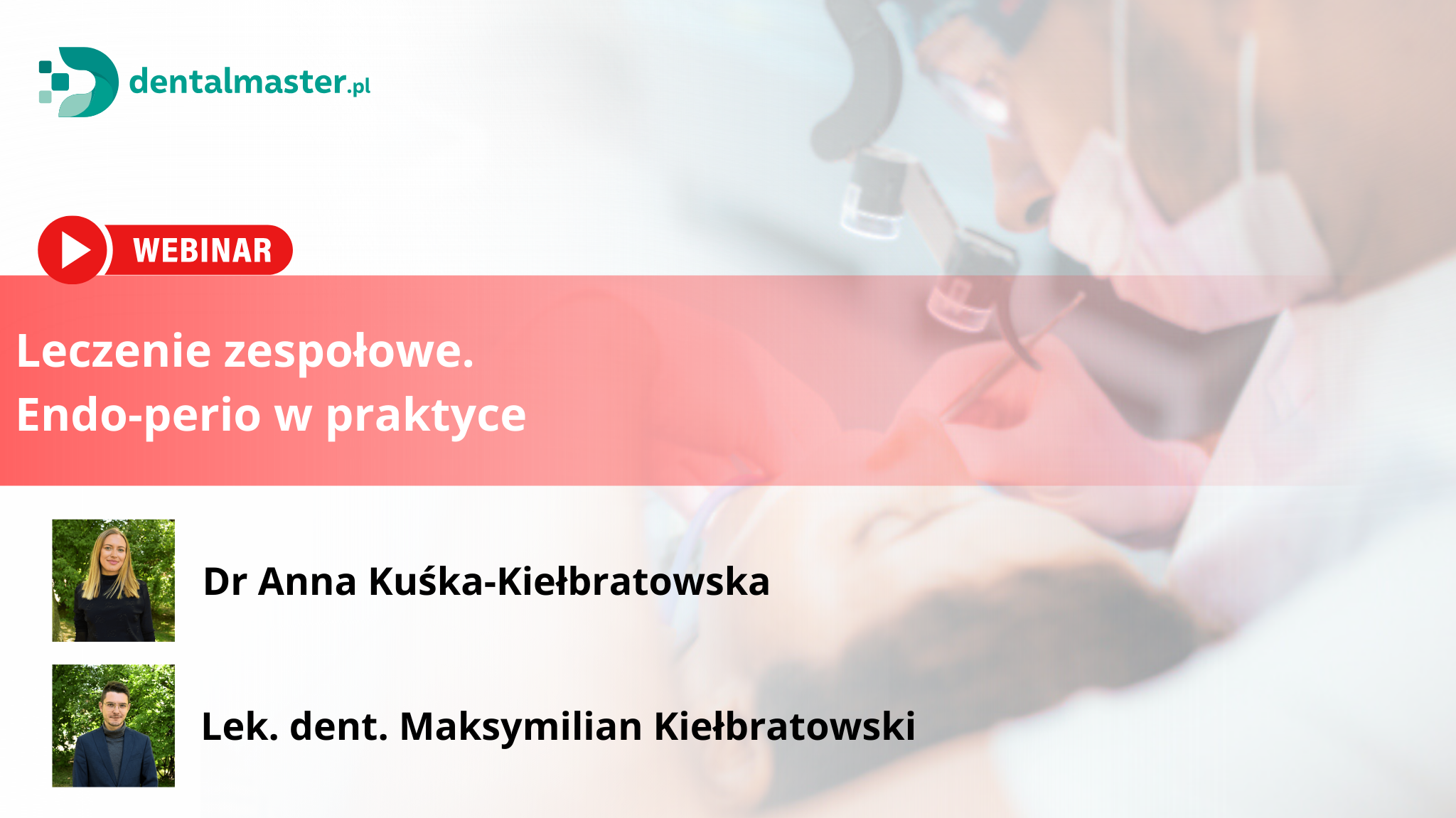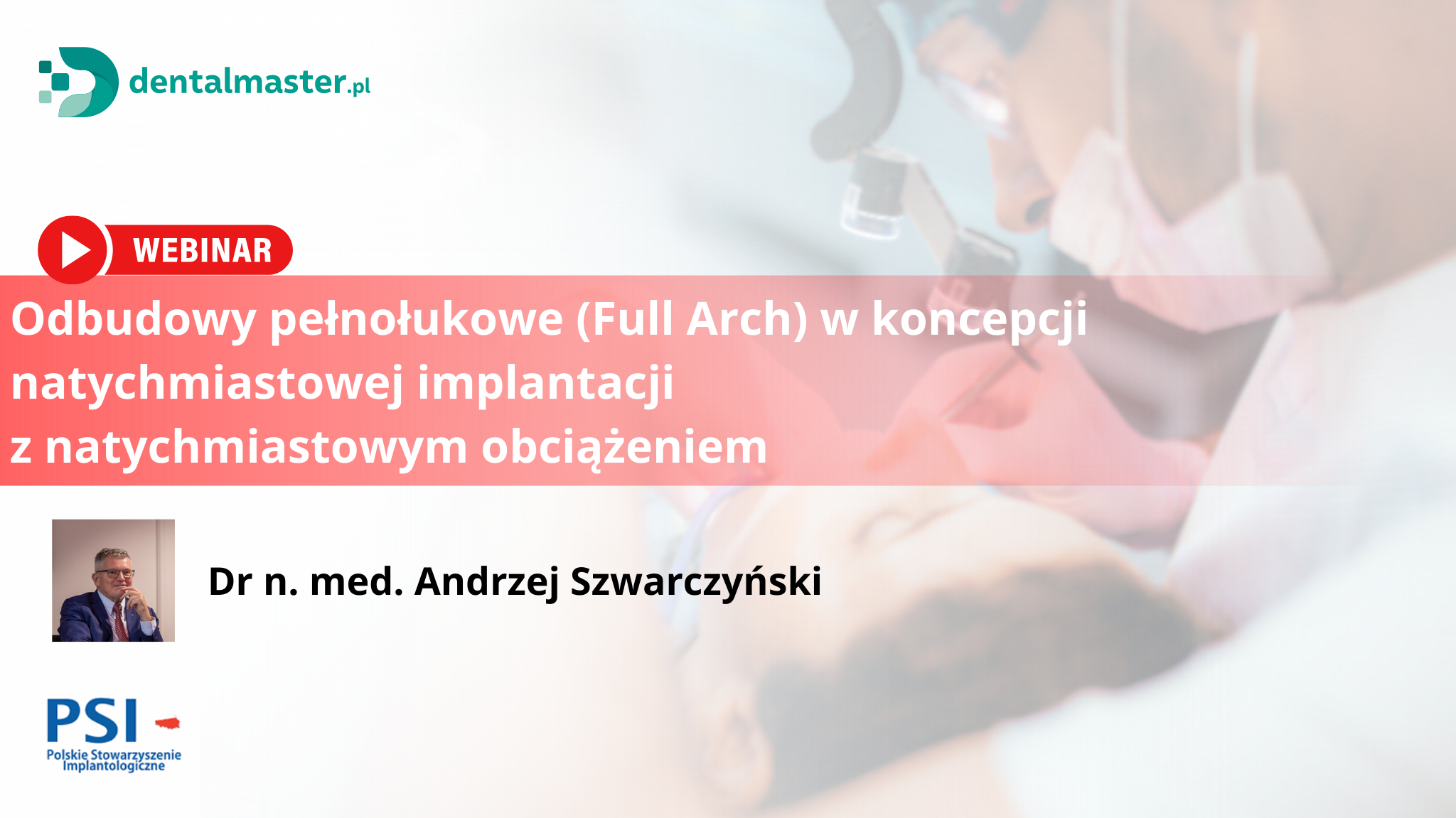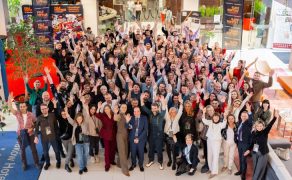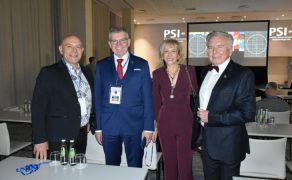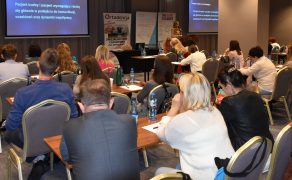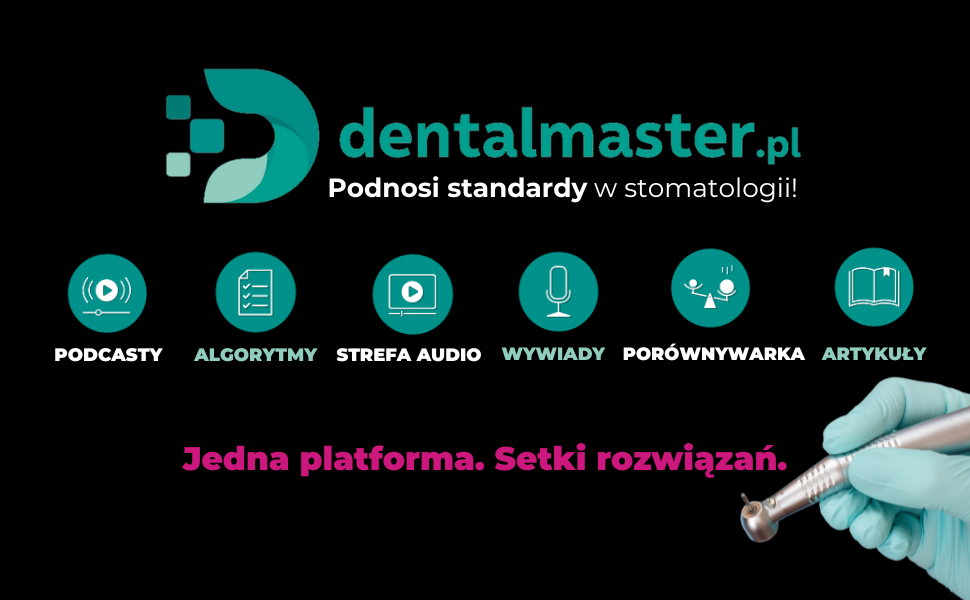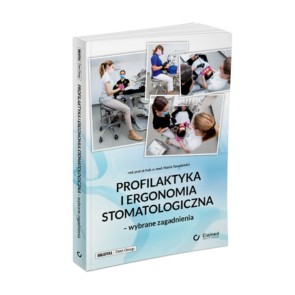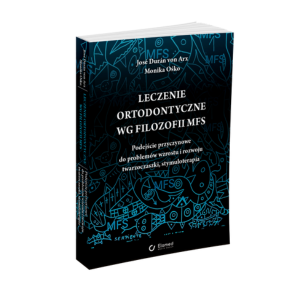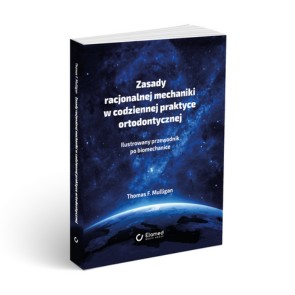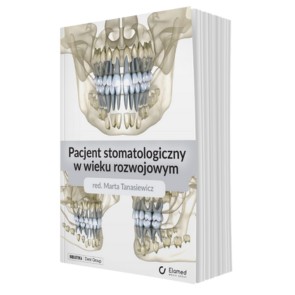Idealne połączenie. Łatwe i skuteczne: rozległe mosty protetyczne wykonane w technice CAD-on
Completing the restoration
After the try-in, the restoration was returned to the lab to add the final touches. A few characterizations were applied in line with the given requirements. Those areas of the framework that were to be veneered with composite were etched to prepare them for the application of the composite material. In the practice, the gingival parts were reproduced using gingiva-coloured composite. For this, the temporary was used as a guide (Fig. 15). A natural looking „gingiva shield” was achieved by applying the material in small quantities in several steps. Finally, the all-ceramic bridge was seated using the usual procedures. The result was a restoration that blended in so well that it could hardly be distinguished from the surrounding natural tooth structure (Figs 16 and 17).
Proven strength
Chipping of the veneering ceramic on zirconium oxide frameworks can often be traced back to a failure of observing the material- -specific technical requirements. By using the CAD-on technique described in this report, the risk of failure can be minimized for these restorations, because the strength of the „veneering” ceramic used with this technique is four to five times higher than that of conventional veneering ceramics. The high strength of the ceramic has been confirmed in a study that compared bridges manufactured using the CAD-on technique with ZrO2 bridges veneered using an individual layering technique (Tauch D., [...]

którzy są subskrybentami naszego portalu.
i ciesz się dostępem do bazy merytorycznej wiedzy!



